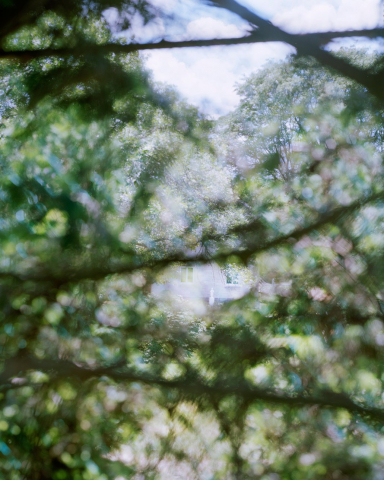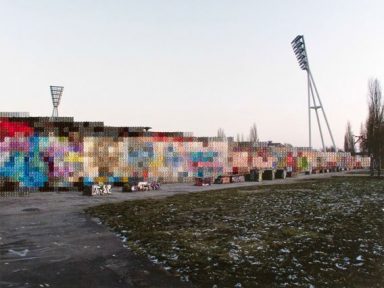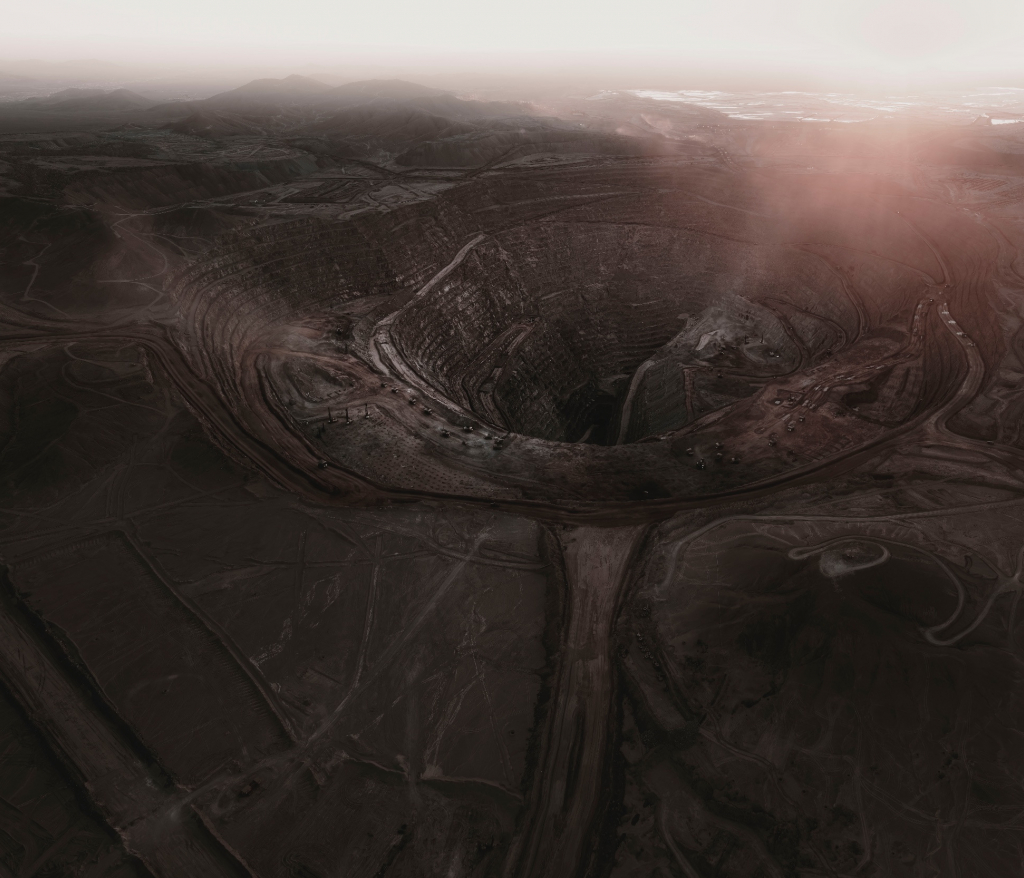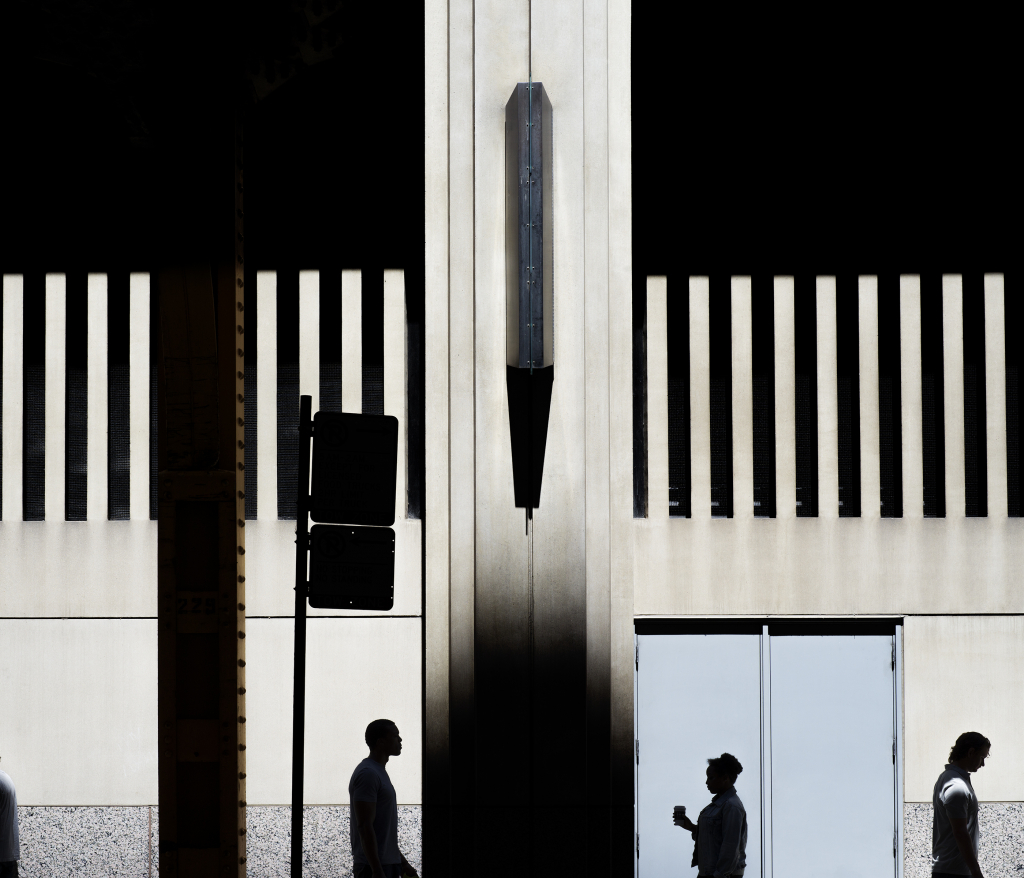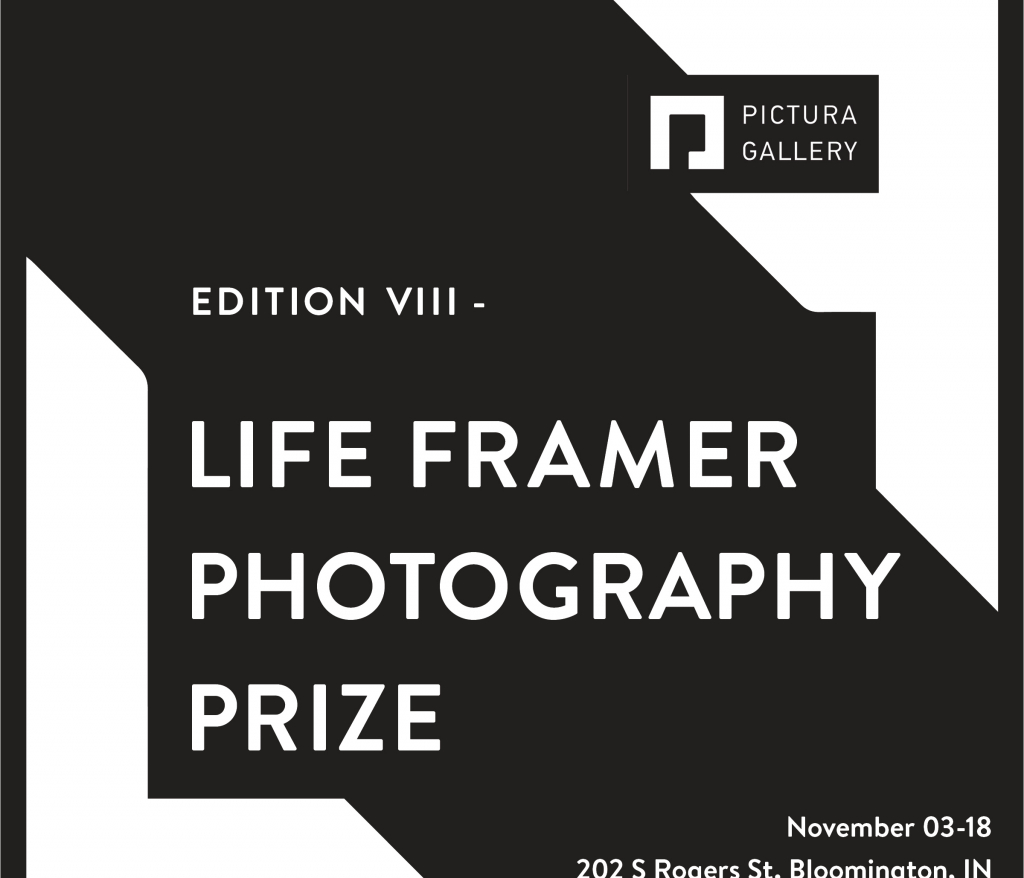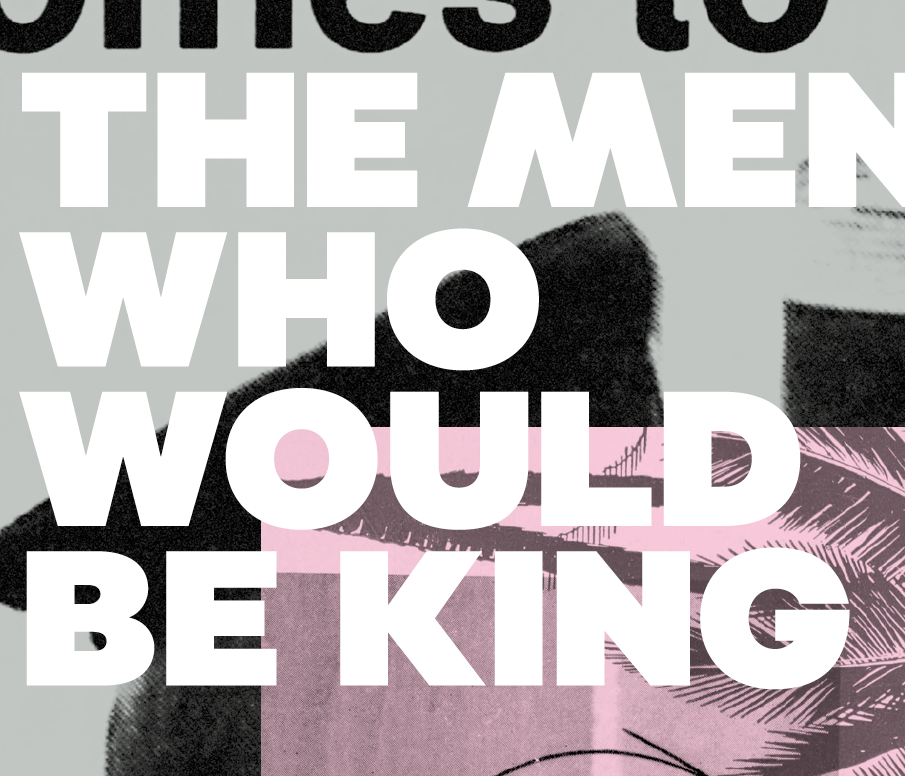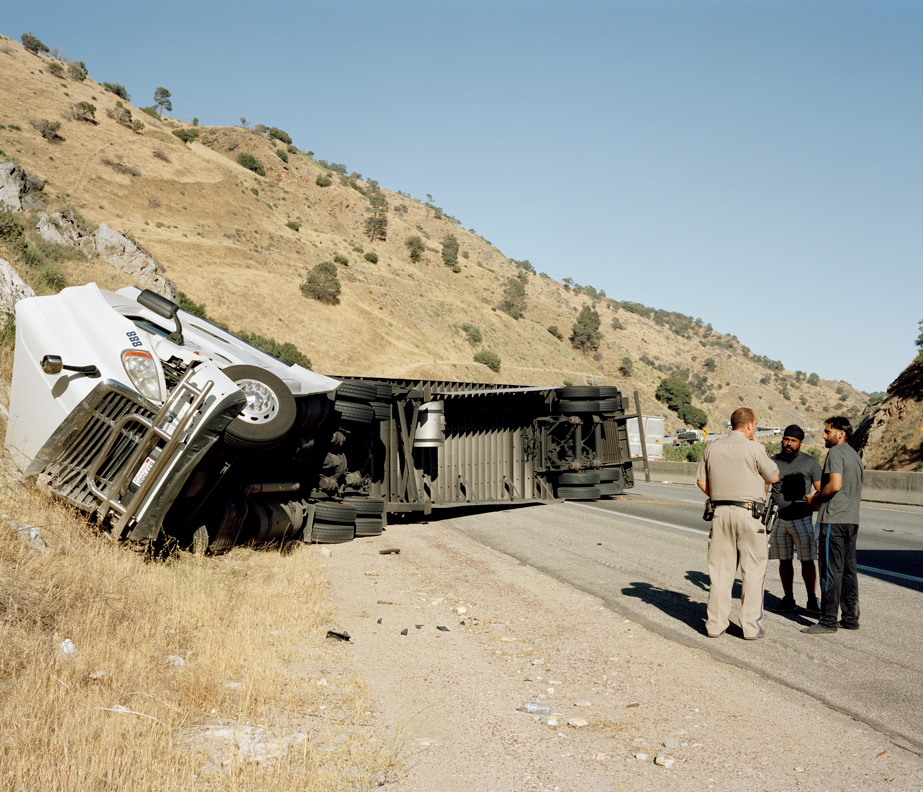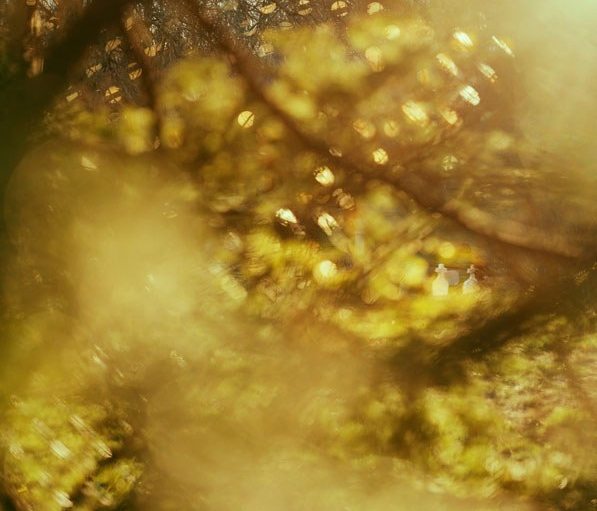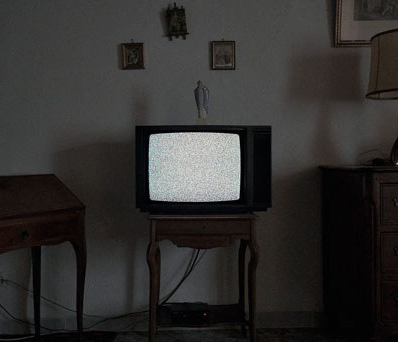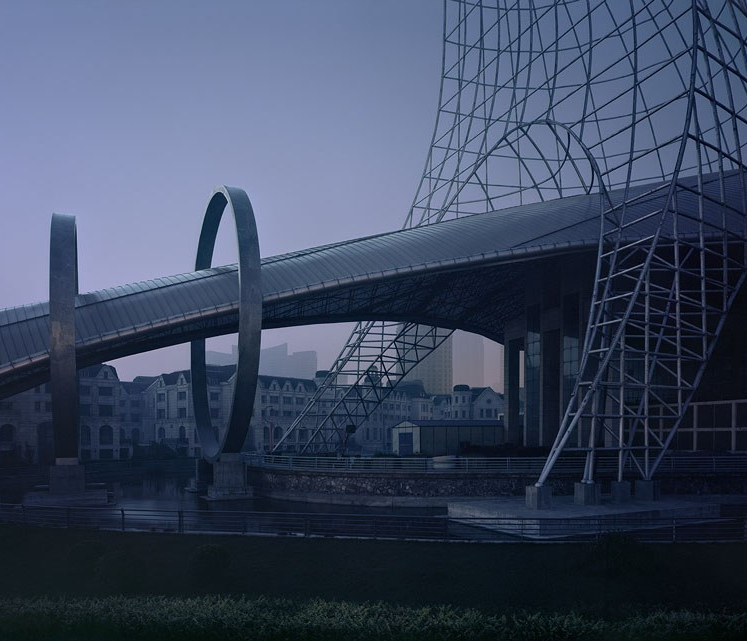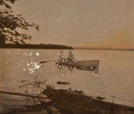S. Billie Mandle & Diane Meyer
S. Billie Mandle & Diane Meyer
The nature and necessity of walls have been active topics of debate in the United States of late. In an increasingly porous modern world, we ask - what does it mean to build physical borders between ourselves and others? This exhibition explores the character of barriers and boundaries, as both real and symbolic as well as physical and emotional entities.
Diane Meyer maps the emotional and physical traces of the Berlin wall. It’s a very specific symbol, and it is part of our collective cultural memory of an attempt to stamp out connection. Recollecting its one-time existence seems important, especially as new border walls are proposed. Although Meyer’s prints are so delicate in execution, they manage to convey the psychological weight of the wall. Its ghost, carefully stitched into place, haunts the modern scenes as a kind of floating metaphor for the existence of sharp cultural barriers that were once physically delineated.
S. Billie Mandle peeks into the ephemeral spaces that surround convent walls. She sees this point of “separation” between the monastery and the outer world as a possible link between the two worlds. In blurred bursts of color that break the solid world into abstraction, Mandle shows the edge of the monastic realm to be more of a portal than a barrier, an entry point to a space set apart for some kind of interior work to happen within. Mandle’s discovery with the monastery suggests that walls don’t always mean we’re closing off connection. In this case, seclusion is a means to communion- an uncomfortable idea to modern sentiments. In a more general sense, Mandle’s work suggests that these points of tension or division can also be the very place to find and create connection.
S. Billie Mandle received her BA in biology from Williams College and an MFA from Massachusetts College of Art and Design. She is the recipient of a Whiting Fellowship, an Individual Artist Grant from the Brooklyn Arts Council, and an Artist Fellowship in Photography from the New York Foundation for the Arts. Her photographs have been featured in Aperture and Cabinet, among others, and her work was nominated for the Prix Pictet and the Paul Huf award. She is an assistant professor at Hampshire College and lives in Western Massachusetts.
This World Is The Closed Door | Artist Statement
I made these images looking through the fence and foliage surrounding a cloistered convent. I frequently walked the convent perimeter with my large format camera, climbing through fields and overgrown forests, struggling to see what was in front of my lens. The pictures focus on what blocked my vision, not the convent itself. I wanted to see the barrier separating me from a world that was visible but inaccessible. This work hopefully evokes the difficulty of seeing — the experience of grappling with a subject not easily revealed. Throughout the project I was in conversation with the nuns and sent them images that I made. The title of this work comes from a passage by Simone Weil: “This world is the closed door. It is a barrier. And at the same time it is the way through. Two prisoners whose cells adjoin communicate with each other by knocking on the wall. The wall is the thing which separates them but it is also their means of communication. It is the same with us and God. Every separation is a link.”
My work looks at subjectivity and the built environment. I am curious about the relationship between religion and faith, identity and interiority, architecture and place. I make photographs that border on abstraction – work that is quietly queer and queerly quiet. Marie Howe has written that poetry holds what can’t be said; I would like for my images to hold what can’t be seen.
Diane Meyer (b. 1976) is an alumni of the New York University, Tisch School of the Arts, and gained her MFA from the University of California, and has been an actively producing artist for more than ten years. Her work has been presented in several group and solo exhibitions, both in the US and internationally. Most recently, Meyer’s work was included in the exhibition A Matter of Memory: Photography as Object in the Digital Age at the George Eastman Museum. Her work has been featured in numerous print and online magazines, and has received several awards and accolades, including being shortlisted for the 2014 Source-Cord Prize. Diane Meyer lives and works in Los Angeles, California.
Berlin | Artist Statement
These images are from a series of hand embroidered photographs following the entire 104 mile circumference of the Berlin Wall. Sections of the image have been obscured by cross-stitch embroidery sewn directly into the photograph. The embroidery is made to resemble pixels and borrows the visual language of digital imaging in an analog, handmade process. The images were taken in the city center as well as in the suburbs where I followed the former path of the wall through the outskirts of the city. I was interested in the psychological weight of these sites and the ways in which past history remains very much in the present. In many images, the embroidered sections represent the exact scale and location of the former Wall offering a pixelated view of what lies behind. In this way, the embroidery appears as a translucent trace in the landscape of something that no longer exists but is a weight on history and memory. By having the embroidery take the form of digital pixels, I am making a connection between forgetting and digital file corruption. I am interested in the porous nature of memory as well the means by which photography transforms history into nostalgic objects that obscure objective understandings of the past.
S. Billie Mandle & Diane Meyer
The nature and necessity of walls have been active topics of debate in the United States of late. In an increasingly porous modern world, we ask - what does it mean to build physical borders between ourselves and others? This exhibition explores the character of barriers and boundaries, as both real and symbolic as well as physical and emotional entities.
Diane Meyer maps the emotional and physical traces of the Berlin wall. It’s a very specific symbol, and it is part of our collective cultural memory of an attempt to stamp out connection. Recollecting its one-time existence seems important, especially as new border walls are proposed. Although Meyer’s prints are so delicate in execution, they manage to convey the psychological weight of the wall. Its ghost, carefully stitched into place, haunts the modern scenes as a kind of floating metaphor for the existence of sharp cultural barriers that were once physically delineated.
S. Billie Mandle peeks into the ephemeral spaces that surround convent walls. She sees this point of “separation” between the monastery and the outer world as a possible link between the two worlds. In blurred bursts of color that break the solid world into abstraction, Mandle shows the edge of the monastic realm to be more of a portal than a barrier, an entry point to a space set apart for some kind of interior work to happen within. Mandle’s discovery with the monastery suggests that walls don’t always mean we’re closing off connection. In this case, seclusion is a means to communion- an uncomfortable idea to modern sentiments. In a more general sense, Mandle’s work suggests that these points of tension or division can also be the very place to find and create connection.
S. Billie Mandle received her BA in biology from Williams College and an MFA from Massachusetts College of Art and Design. She is the recipient of a Whiting Fellowship, an Individual Artist Grant from the Brooklyn Arts Council, and an Artist Fellowship in Photography from the New York Foundation for the Arts. Her photographs have been featured in Aperture and Cabinet, among others, and her work was nominated for the Prix Pictet and the Paul Huf award. She is an assistant professor at Hampshire College and lives in Western Massachusetts.
This World Is The Closed Door | Artist Statement
I made these images looking through the fence and foliage surrounding a cloistered convent. I frequently walked the convent perimeter with my large format camera, climbing through fields and overgrown forests, struggling to see what was in front of my lens. The pictures focus on what blocked my vision, not the convent itself. I wanted to see the barrier separating me from a world that was visible but inaccessible. This work hopefully evokes the difficulty of seeing — the experience of grappling with a subject not easily revealed. Throughout the project I was in conversation with the nuns and sent them images that I made. The title of this work comes from a passage by Simone Weil: “This world is the closed door. It is a barrier. And at the same time it is the way through. Two prisoners whose cells adjoin communicate with each other by knocking on the wall. The wall is the thing which separates them but it is also their means of communication. It is the same with us and God. Every separation is a link.”
My work looks at subjectivity and the built environment. I am curious about the relationship between religion and faith, identity and interiority, architecture and place. I make photographs that border on abstraction – work that is quietly queer and queerly quiet. Marie Howe has written that poetry holds what can’t be said; I would like for my images to hold what can’t be seen.
Diane Meyer (b. 1976) is an alumni of the New York University, Tisch School of the Arts, and gained her MFA from the University of California, and has been an actively producing artist for more than ten years. Her work has been presented in several group and solo exhibitions, both in the US and internationally. Most recently, Meyer’s work was included in the exhibition A Matter of Memory: Photography as Object in the Digital Age at the George Eastman Museum. Her work has been featured in numerous print and online magazines, and has received several awards and accolades, including being shortlisted for the 2014 Source-Cord Prize. Diane Meyer lives and works in Los Angeles, California.
Berlin | Artist Statement
These images are from a series of hand embroidered photographs following the entire 104 mile circumference of the Berlin Wall. Sections of the image have been obscured by cross-stitch embroidery sewn directly into the photograph. The embroidery is made to resemble pixels and borrows the visual language of digital imaging in an analog, handmade process. The images were taken in the city center as well as in the suburbs where I followed the former path of the wall through the outskirts of the city. I was interested in the psychological weight of these sites and the ways in which past history remains very much in the present. In many images, the embroidered sections represent the exact scale and location of the former Wall offering a pixelated view of what lies behind. In this way, the embroidery appears as a translucent trace in the landscape of something that no longer exists but is a weight on history and memory. By having the embroidery take the form of digital pixels, I am making a connection between forgetting and digital file corruption. I am interested in the porous nature of memory as well the means by which photography transforms history into nostalgic objects that obscure objective understandings of the past.
